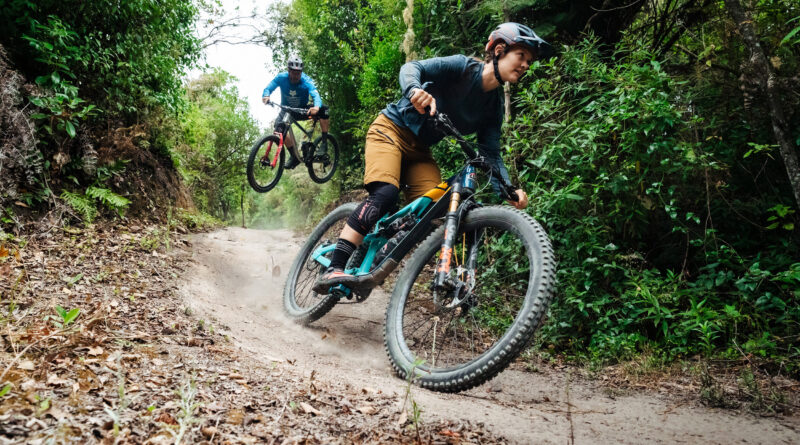Techniques and Tactics for Mountain Bikes
Introduction
Off-road riding on mountain bikes can be an exhilarating and challenging experience. However, it also comes with its fair share of obstacles and difficulties. In this blog post, we will explore some techniques and tactics that can help you overcome the challenges of off-road riding and make the most out of your mountain biking adventures.
Choosing the Right Bike
One of the first steps in overcoming the challenges of off-road riding is choosing the right bike. Mountain bikes come in various types, such as hardtail, full suspension, and fat bikes, each designed for different terrains and riding styles. Consider the type of trails you will be riding on and choose a bike that suits your needs. A bike with good suspension and durable tires will provide better control and traction on rough terrains.
Developing Essential Skills
Off-road riding requires a set of essential skills to navigate through challenging terrains. Here are some skills that you should focus on developing:
1. Balance and Stability
Maintaining balance and stability on uneven surfaces is crucial for off-road riding. Practice riding on narrow trails, rocks, and roots to improve your balance. Gradually increase the difficulty level as you gain confidence.
2. Braking Techniques
Knowing how to brake effectively is essential for off-road riding. Learn to modulate your brakes to avoid skidding and maintain control. Practice braking on different surfaces and in various conditions to develop your braking skills.
3. Cornering
Cornering is a technique that allows you to maintain speed and control while navigating turns. Practice leaning your bike into the turns and shifting your body weight to the outside of the turn. This will help you maintain traction and stability while cornering.
4. Climbing and Descending
Climbing and descending steep slopes can be challenging in off-road riding. Learn to shift your body weight to maintain traction and balance. Practice climbing and descending on different terrains to improve your skills.
Planning Your Routes
Before heading out for an off-road ride, it is important to plan your routes carefully. Research the trails you will be riding on and assess their difficulty level. Start with easier trails and gradually progress to more challenging ones as you gain experience and confidence. Consider the weather conditions and any potential hazards on the trails. It is also a good idea to inform someone about your planned route and estimated time of return for safety purposes.
Using Proper Gear
Using the right gear can make a significant difference in your off-road riding experience. Here are some essential gear items to consider:
1. Helmet
A helmet is a must-have safety gear for off-road riding. It protects your head in case of falls or accidents. Choose a helmet that fits well and provides adequate ventilation.
2. Protective Clothing
Wearing protective clothing, such as knee and elbow pads, can prevent injuries in case of falls or collisions. Invest in quality protective gear that offers both comfort and safety.
3. Gloves
Gloves provide grip and protect your hands from blisters and abrasions. Look for gloves with good padding and ventilation to enhance your riding experience.
4. Eye Protection
Off-road riding often involves riding through dusty or muddy trails. Wearing goggles or sunglasses can protect your eyes from debris and enhance visibility.
Maintaining Your Bike
Regular maintenance of your mountain bike is essential for optimal performance and safety. Here are some maintenance tips to keep in mind:
1. Cleaning
After every off-road ride, clean your bike thoroughly to remove dirt, mud, and debris. Pay attention to the drivetrain, brakes, and suspension components.
2. Lubrication
Apply lubrication to the chain, derailleur, and other moving parts of your bike regularly. This will ensure smooth shifting and prevent premature wear.
3. Inspection
Regularly inspect your bike for any signs of damage or wear. Check the tires for cuts or punctures, and ensure that all bolts and screws are tightened properly.
4. Suspension Setup
Adjust the suspension settings of your bike according to the terrain you will be riding on. A well-tuned suspension will enhance your riding experience and improve control.
Conclusion
Off-road riding on mountain bikes can be challenging, but with the right techniques, tactics, and equipment, you can overcome these challenges and enjoy the thrill of exploring new trails. Remember to choose the right bike, develop essential riding skills, plan your routes, use proper gear, and maintain your bike regularly. So, gear up, hit the trails, and embrace the challenges of off-road riding with confidence and excitement.

